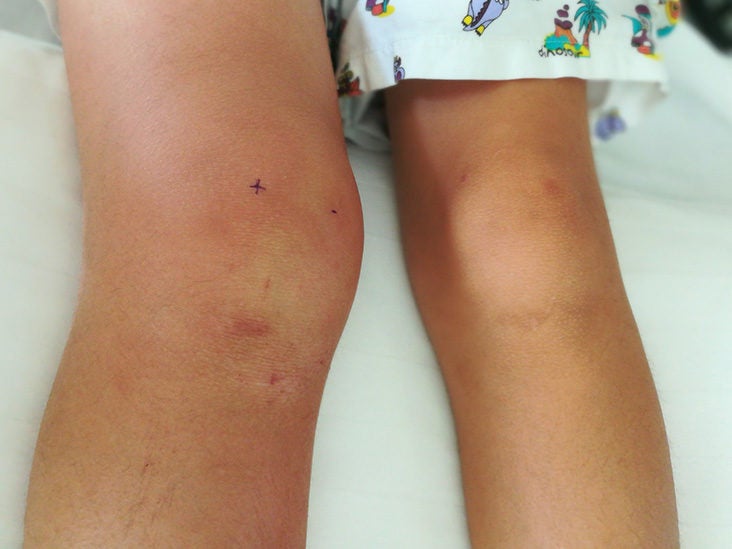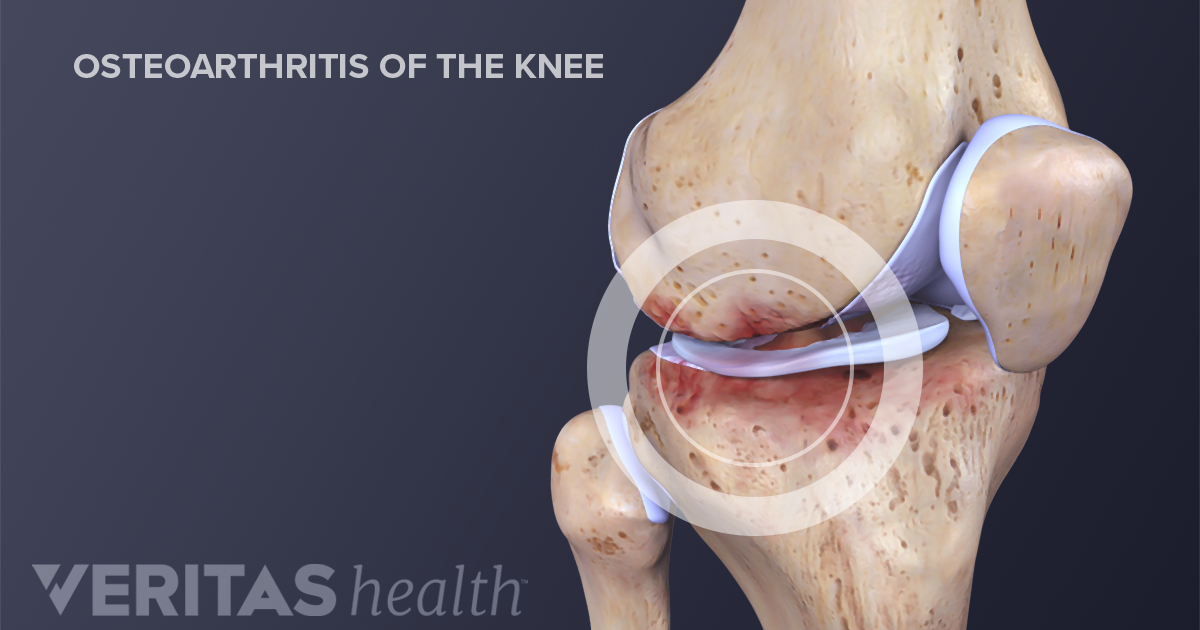Supreme Tips About How To Reduce A Swollen Knee
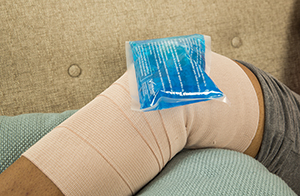
Following a nutritious diet can help reduce the knee swelling and support the strength and energy your body has lost from the pain.
How to reduce a swollen knee. According to the arthritis foundation, symptoms often manifest in adults older than 50. Kneecap bursitis can be effectively treated with conservative therapy where your doctor advises sufficient rest, use of ice packs and elevation of the affected leg to reduce. Grab an ice pack or, even better, a package of frozen vegetables like peas that will mold to the shape of your knee.
Treatment to get rid of fluid on the knee depends on the cause. Ice also has the added bonus that it reduces nerve. Home care typically involves rest, ice, compression, and elevation and medication.
Massage can be used to. The most common are effleurage deep strokes lymphatic drainage massage can be used to. Effleurage deep strokes lymphatic drainage.
There are many techniques that can be used to reduce the swelling of the knee. Research suggests aging contributes to. Avoid any activity that may have caused the knee to swell.
There are many techniques that can be used to reduce the swelling of the knee. Rest and ice are two of the most effective treatments for reducing knee swelling and pain. In many cases, a mild to moderately swollen knee may be treated at home.
Ice therapy works to reduce swelling by reducing blood flow to the knee through narrowing of the blood vessels, known as vasoconstriction. —which stands for rest, ice, compression, and. Cold helps reduce pain, inflammation and swelling.

/arthritis-knee-pain-treatment-at-home-5100961_final-042c7c7e2ab14735b3b838920fcca190.jpg)
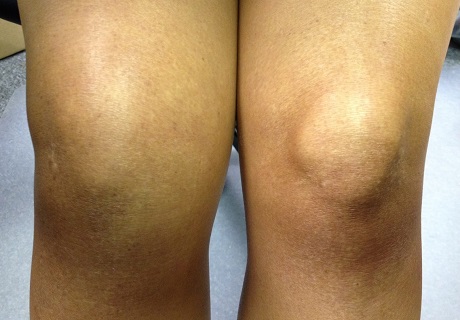

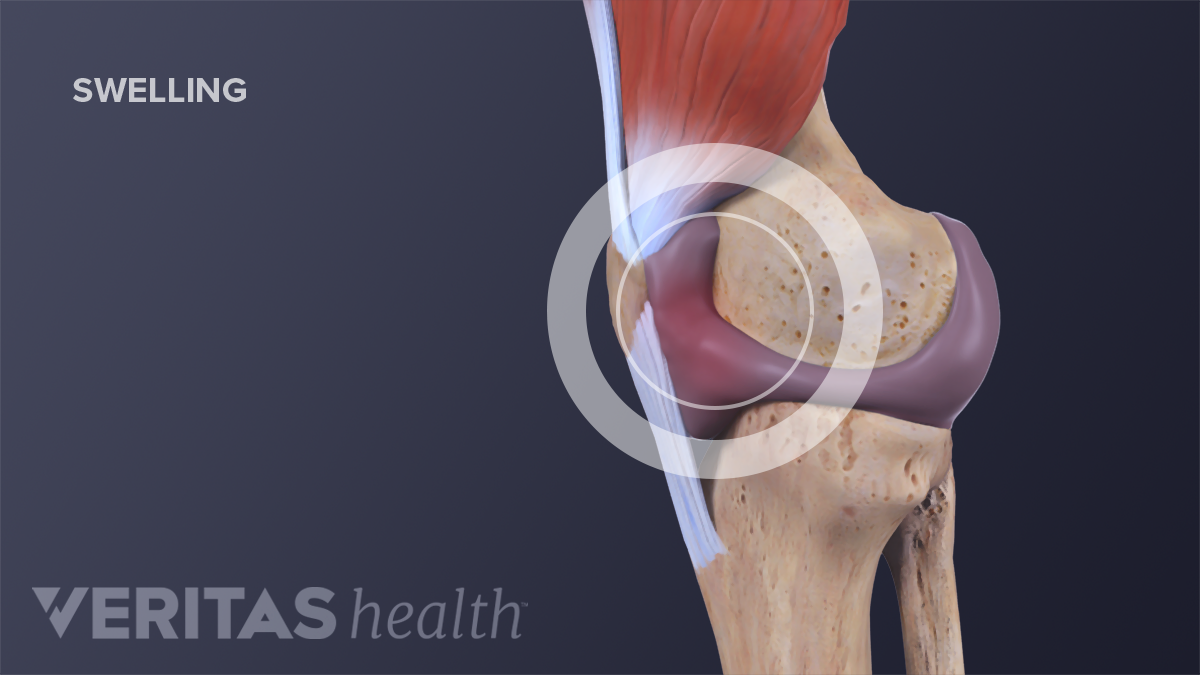
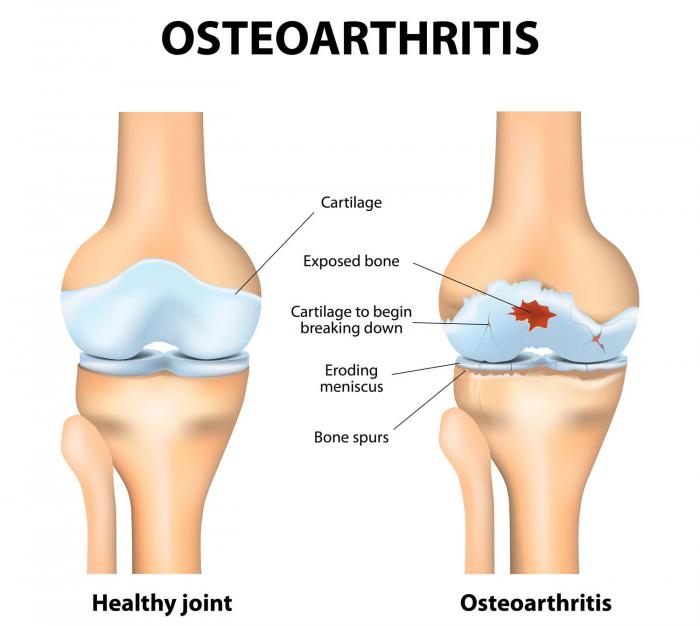

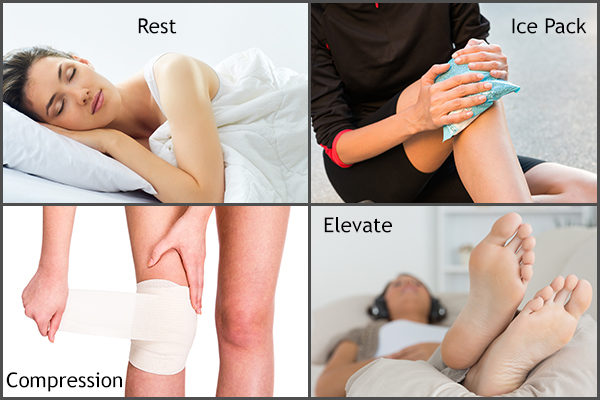

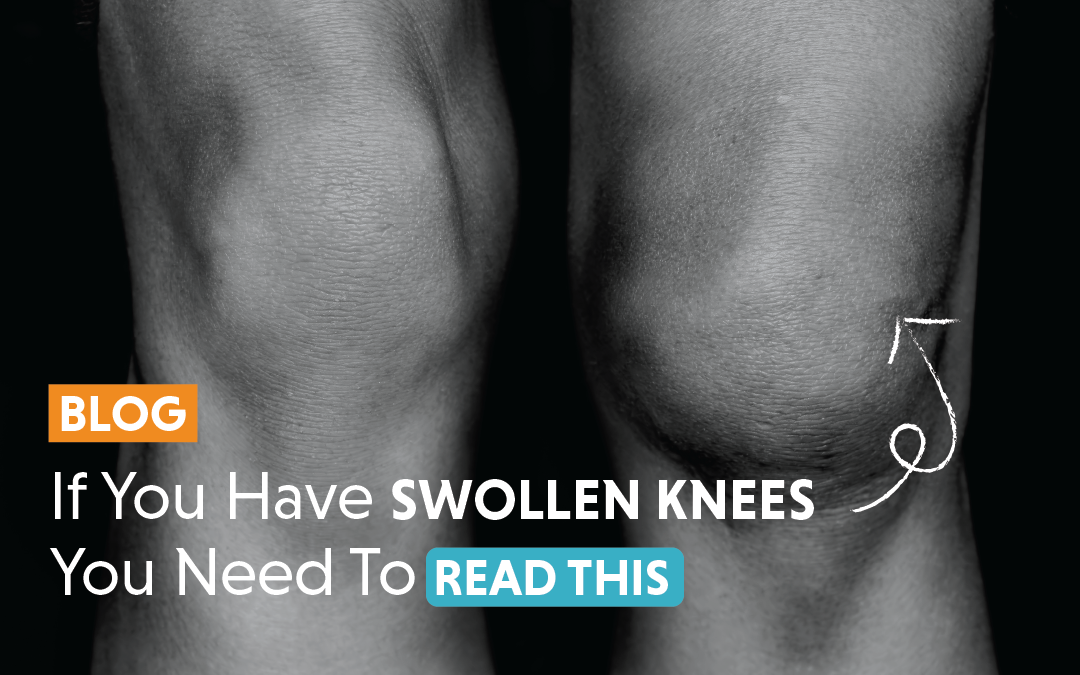
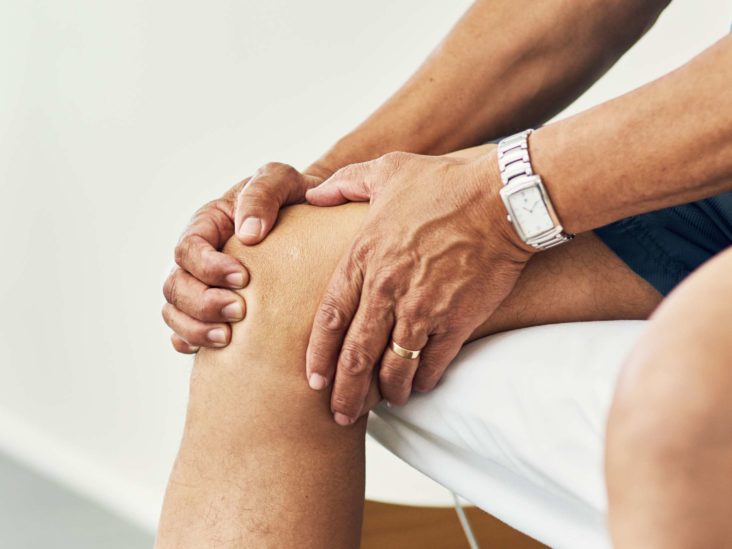

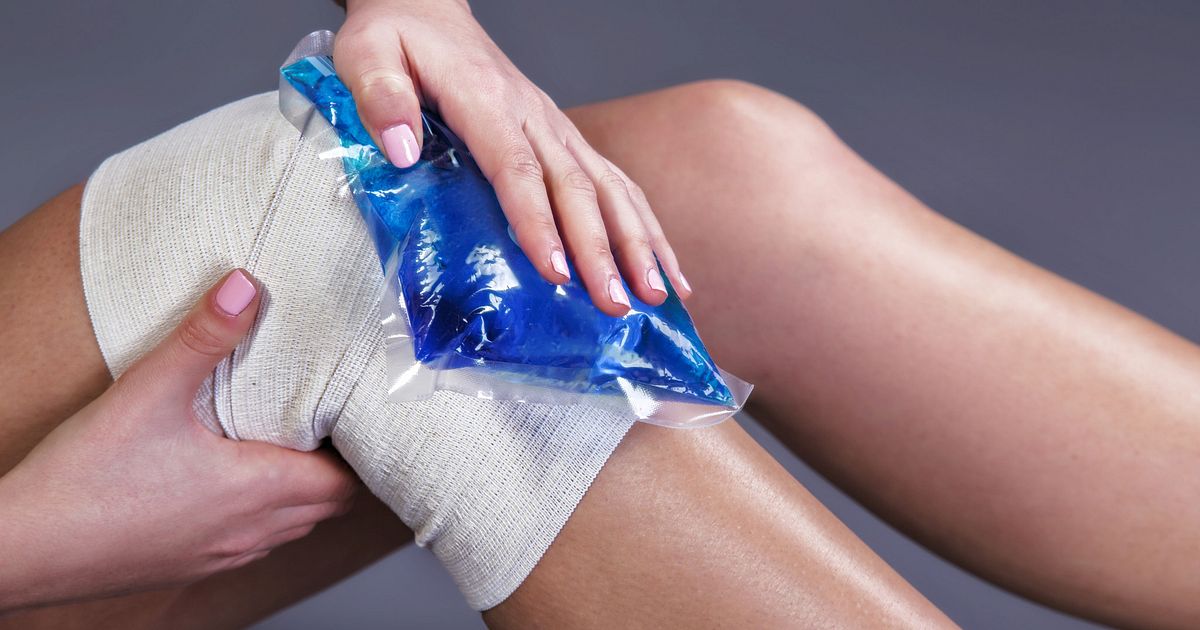
/knee-swelling-2549489-694a97f13a684194b397626425bb0338.gif)
